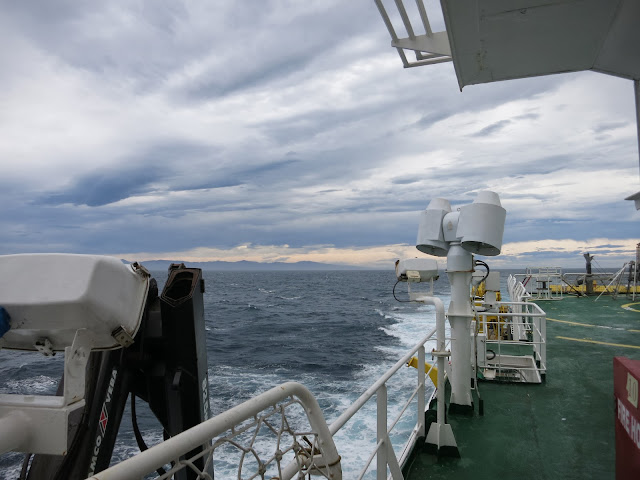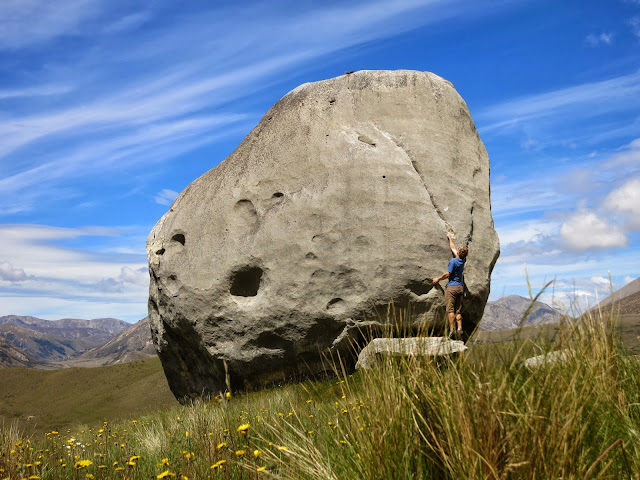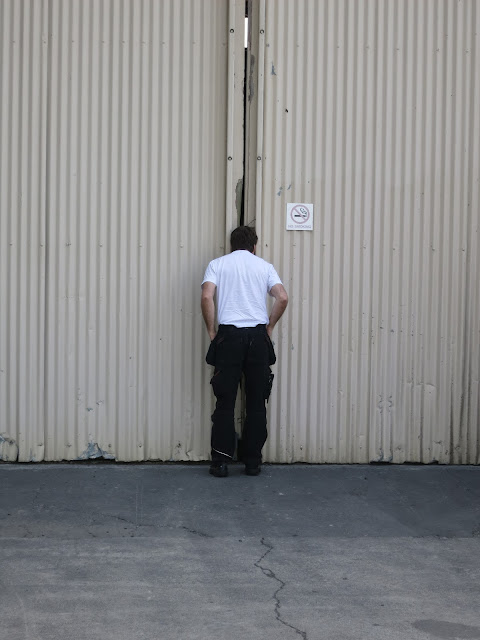Today I will give some basic information
about our research and the expedition. Throughout I am aiming to keep
my texts here as low-tech and math free as possible.
Where exactly are we going?
Just
before Christmas the Korean research vessel icebreaker Araon will depart from
Christchurch in New Zealand heading towards the Amundsen Sea. Our main interest is the shelf area, the
transitional zone between the deep ocean and the coastal zone. The shelf is around 500 meters deep and there are several deep canyons intersecting it.
Map of our route and the Amundsen Sea
The Araon is 110 meters long, holds 25
crew and 60 researchers and is capable of breaking 1 meter thick ice at a speed
of 3 knots. Joining me on this trip will be my supervisor Anna Wåhlin and
technician Johan Rolandsson from Göteborg together with our collaborators from Korea Polar Research Institute, Ho Kyung Ha, Sang Hoon Lee and Tae Wan Kim among
others.
What are we going to do there?
Basically we will do measurements of
salinity, temperature and currents in the ocean. These will be carried out from
the ship at different positions, as well as from instruments that are
stationary on the seafloor and have been so for several years.
Measurements from the ship are done with a
CTD measuring Conductivity(=Salinity),Temperature & Depth, which is lowered with a
crane from the deck. Furthermore there is a ship mounted ADCP (Acoustic Current Doppler Profiler) which continuously measures current speeds.
A CTD with water collectors
A bottom mounted ADCP
The stationary instruments rigs at the
seafloor consist of an ADCP at the bottom and several Microcats (mini CTD:s) at
various depths. They are held in place with a big weight at the bottom and a
buoy on top and have GPS transponders so we can find them.
Sketch of bottom mounted rig.
If we manage to find them and get them
clear of ice, they will be winched up to the ship, batteries will be exchanged
and the measurement data recovered. After service they will be put back down
again and left in place until next time around.
Why are we doing it?
Apart from the fact that this area is one
of the least measured and understood in the whole world, the main reason for us to do research in Antarctica is the
fast melting of the ice. The major casue for the melting is probably ocean currents. Relatively warm deep water enters the shelf area and melts the
glacial ice from below.
Sketch of ice processess
Relatively warm here means that the deep water
contains more heat than the upper layers and has potential to melt the ice. The
actual temperature is between 1 and 2° C in our area. The speed at which the ice has been
melting recently is quite remarkable. This is the fastest melting marine ice
anywhere in the world. There are measurements in the area of some glaciers
losing up to 9 meters of thickness per year.
As of today we are not really sure why
this fast melting is occurring now and if it is set to continue at the current
speed or not. The deep currents themselves are influenced by winds. Local winds
are in turn subject to large scale climatic oscillations such as El Niño and
SAM. Our scientific aims are firstly to be able to better describe how the
currents vary in time and space and secondly to do a complete heat budget for
this ocean. That means to decide which processes are important in distribution
of the heat and calculate how much heat is lost or gained in the parts of the
whole system. The heat budget can then be used to assess future changes in this
area.
Is it worth it?
I am very grateful to be able to
participate in this exciting project. To have marine science as an occupation
is something really satisfying. This is all fine for me but why should anyone
else care about Antarctica? To put it another way, why should Swedish tax money
be spent on research in this far flung place?
The short version to this answer is that
very fast changes are occurring and we are not so sure why because this in an
area with very few historic measurements. This owes much to the fact that it is
a very cold and hostile zone. Most data are younger than 10 years and normally only from summer season. If we can retrieve our moorings, we will have a four year continuous time series, which is one of the longest existing in Antarctica.
The Amundsen Sea is one of three drainage
basins (where the ice of the glaciers flows into the ocean) for the West
Antarctic Ice Sheet (WAIS), the Ross and Weddell Seas being the two others.
The total volume of the Antarctic ice sheet is estimated to 25.4 million km3
of which the WAIS is approximately 10%. If the WAIS should collapse and melt,
global sea levels may rise up to 3 meters. Although many of these figures are
estimates, there is still reason to be concerned.
Also, if we want to know how the world´s
climate works, it is necessary to know about the oceans too. The Southern Ocean which
surrounds Antarctica is the main source for cold and heavy deep water, which is an important driver for the global circulation of the world´s oceans. The deep
water is distributed to the oceans by the strongest current in the world, the
eastward flowing Antarctic Circumpolar Current.
The Antarctic Circumpolar Current
Another argument in favor of Antarctic
research, perhaps less directly beneficial to society, is that of scientific curiosity.
There are many unanswered questions regarding several things oceanic in this area.
The great potential for discovery is in itself a good reason do to research
here.


































